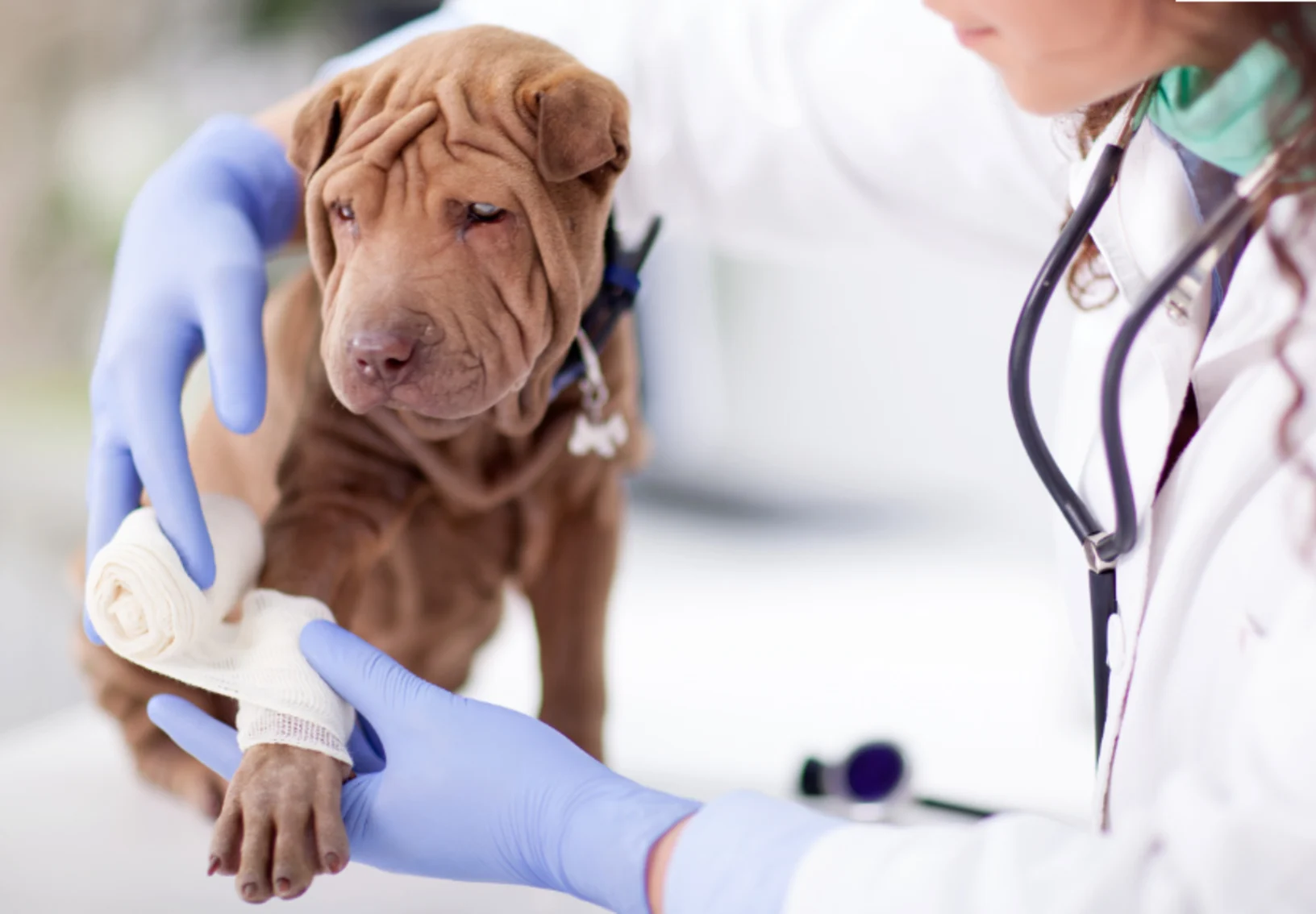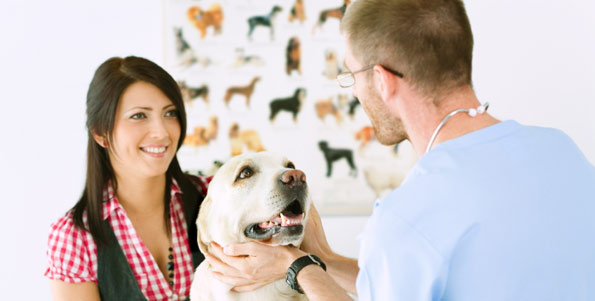How to Prepare Your Pet and Home for canine tplo surgery Recovery
How to Prepare Your Pet and Home for canine tplo surgery Recovery
Blog Article
Everything About Veterinarian Surgical Treatment: Recognizing the Importance of Specialist Treatment for Your Family pets
Vet surgical treatment is a critical part of pet dog healthcare. It incorporates numerous procedures, from regular optional surgical procedures to urgent interventions. Understanding the details of these surgeries can help pet proprietors make notified choices. The preparation, execution, and healing phases are essential for guaranteeing the wellness of pets. With proper expertise, owners can navigate the intricacies of vet care. What aspects should be considered prior to a family pet goes through surgical treatment?
Sorts Of Vet Surgeries
When a pet dog needs surgical treatment, recognizing the different types of veterinarian surgical treatments can help pet proprietors make notified choices. Vet surgical procedures can be broadly categorized into three major kinds: optional, immediate, and emergency situation surgical treatments. Elective surgical procedures, such as spaying or neutering, are planned treatments that are not instantly serious. Urgent surgeries, like those for international body removal, need to be executed quickly yet are not dangerous in the minute. Emergency surgical treatments, such as those addressing severe trauma or interior bleeding, are vital and call for prompt attention.Additionally, surgical treatments can differ in intricacy, varying from minimally invasive laparoscopic procedures to more substantial open surgeries. Each sort of surgical treatment brings its very own dangers and recovery processes. Comprehending these groups allows pet dog owners to involve in significant conversations with veterinarians, leading to far better results for their beloved family pets.
Getting ready for Your Pet dog's Surgical procedure
Planning for a pet's surgical treatment includes a thorough checklist to ensure all basics are covered. Effective communication with the veterinarian is vital for recognizing the procedure and any necessary pre-operative actions - emergency vet bellingham. Additionally, having clear post-operative treatment directions will certainly help proprietors offer the ideal support for their recuperating pets
Pre-Surgery List Fundamentals
Assuring a smooth surgical experience for a family pet calls for mindful prep work and interest to detail. A pre-surgery list is crucial for animal owners to adhere to. Confirming the scheduled surgical treatment day and time is important. Proprietors need to likewise verify that their family pet has actually not eaten according to the vet's directions, normally for 8-12 hours before surgical procedure. Gathering required clinical documents, including vaccination history, is essential for the veterinarian's review. It is also suggested to prepare a comfortable space in your home for the family pet's healing after surgical treatment. Proprietors ought to have a strategy for transportation to and from the veterinary clinic, making sure that the family pet is safe and comfortable throughout the journey. Adhering to these steps can significantly enhance the medical experience.
Interacting With Your Vet

Efficient interaction with the vet is crucial for an effective medical experience for family pets. Proprietors ought to be prepared to discuss their pet's clinical history, including any pre-existing problems, medicines, and allergic reactions. This info aids the veterinarian assess threats and tailor the medical strategy as necessary. Additionally, animal proprietors ought to ask concerns pertaining to the treatment, anesthetic, and expected outcomes to guarantee they fully understand the procedure. Making clear any kind of doubts can ease stress and anxiety for both the animal and the proprietor. It is additionally important to connect any kind of behavior changes or concerns observed in the family pet leading up to the surgery. Inevitably, clear dialogue promotes trust fund and partnership, ensuring that family pets obtain the most effective feasible care throughout their surgical trip.
Post-Operative Treatment Directions
After going over the procedure with the veterinarian, pet dog owners should concentrate on post-operative care instructions to promote a smooth recuperation for their pet dogs. These guidelines commonly include monitoring the surgical website for indications of infection, such as inflammation or discharge. Family pets may require to be kept calm and constrained to avoid extreme motion that could disrupt healing. Discomfort monitoring is essential, so owners ought to adhere to the vet's guidance on carrying out medications. Additionally, nutritional constraints may be recommended to stay clear of gastrointestinal trouble. Regular follow-up visits are very important to assure appropriate healing and attend to any problems. By sticking to these post-operative treatment directions, pet dog owners can considerably add to their pet's recuperation and overall well-being.
The Surgery Explained
The surgical process for pet dogs includes essential actions that assure their safety and recuperation. Pre-surgery prep work are crucial for lessening risks, while post-operative treatment standards play an important function in promoting recovery. Understanding these elements helps animal owners navigate the surgical experience better.
Pre-Surgery Preparations
Before a family pet undergoes surgical treatment, a number of crucial prep work must occur to guarantee a secure and successful treatment. First, a complete vet examination is necessary to examine the animal's total health and wellness and recognize any type of prospective dangers. This may include blood tests, imaging, or other diagnostics. The veterinarian will certainly additionally go over anesthetic alternatives customized to the pet's certain demands. In addition, pet proprietors are typically advised to keep food and water for a defined time before surgical procedure to reduce the threat of difficulties throughout anesthetic. It is very important for owners to provide a total clinical history, consisting of any kind of medications or allergies, Clicking Here ensuring the surgical group has all needed information. Appropriate communication and adherence to pre-surgery standards can significantly improve the end result of the procedure.
Post-Operative Treatment Standards
Proper post-operative care is essential for making sure an animal's recuperation following surgery. After the treatment, pets ought to be kept an eye on carefully for any type of indicators of issues, such as too much bleeding, swelling, or uncommon habits. It is essential to adhere to the veterinarian's guidelines pertaining to drugs, including painkiller and anti-biotics. Animals ought to be maintained in a quiet, comfortable environment to minimize tension and promote healing. Limiting activity is vital; short, leashed strolls may be required, however jumping or running should be stayed clear of. Normal follow-up visits ought to be scheduled to examine the healing process. Additionally, the medical website must be kept clean and completely dry, with any type of indications of infection reported to a veterinarian promptly. Sticking to these standards improves recuperation results.
Anesthesia and Discomfort Management
Reliable anesthesia and pain administration are important components of veterinary surgical treatment, making sure that pet dogs continue to be comfy and secure throughout the procedure. Vets examine each pet dog's specific requirements, thinking about aspects such as age, weight, health and wellness status, and the kind of surgery being performed.Anesthesia protocols generally include a combination of pre-anesthetic medications, induction agents, and inhalant anesthetics, enabling for accurate control over the pet's level of consciousness. Surveillance throughout surgical procedure is critical; veterinarians continuously observe essential indications to resolve any type of possible issues promptly.Pain monitoring techniques might entail opioids, non-steroidal anti-inflammatory medications (NSAIDs), and local anesthetics, customized to the pet dog's details situation. This multifaceted technique helps minimize discomfort and promotes a smoother surgical experience. By focusing on reliable anesthetic and discomfort administration, veterinary experts enhance the total well-being of pet dogs undertaking medical treatments, guaranteeing they get the highest standard of care.
Post-Operative Treatment and Recovery
Adhering to surgery, the emphasis shifts to post-operative care and healing, which is important for guaranteeing a family pet's safe return to typical activities. Throughout this duration, pets need a peaceful, comfy atmosphere to help healing. Proprietors must very closely monitor their animals for any type of signs of discomfort or uncommon behavior.Veterinary guidelines commonly include certain guidelines connected to drug administration, wound care, and dietary modifications. It is essential to stick to these suggestions to decrease issues and advertise healing. Family pets might need to be restricted from strenuous activities, such as local vets near me running or leaping, throughout their recuperation period (24 hour vet near me).Regular follow-up visits with the veterinarian permit for tracking of the pet's progression and prompt changes to the treatment plan. Giving emotional support and companionship can likewise enhance a family pet's recovery experience, assisting to ease stress and anxiety and anxiousness. In general, thorough post-operative care plays a considerable role in accomplishing an effective recuperation
Recognizing Complications After Surgery
How can pet owners identify difficulties after surgical procedure? Recognition of particular indicators is vital for ensuring the wellness of family pets throughout recovery. Common signs consist of too much swelling, soreness, or discharge at the medical site, which might symbolize infection. In addition, persistent pain, suggested by yawping or reluctance to relocate, ought to motivate immediate interest. Modifications in cravings or water consumption can likewise indicate complications; a decline in these behaviors might indicate pain or distress.Moreover, family pet owners ought to check their pets for any type of uncommon behavior, such as lethargy or problem breathing, as these can be signs of serious issues. Throwing up or looseness of the bowels following surgery may require immediate veterinary examination. Acknowledging these issues early can significantly influence a family pet's recovery procedure, emphasizing the value of caution and punctual interaction with a veterinarian for any concerning signs.
The Duty of Veterinary Professionals in Surgical Treatment
Vet professionals play a vital role in making certain the security and success of operations for animals, particularly complying with surgical procedure when monitoring and treatment are critical. These specialists include vets, vet professionals, and support team, every one of whom add specialized skills to the medical process.Before surgical treatment, veterinarians conduct thorough analyses to assess the pet's health and wellness, making certain that any type of underlying problems are managed. During the treatment, the medical group supplies anesthesia, preserves try this clean and sterile atmospheres, and checks key indications, very important for decreasing risks.Post-operative treatment is similarly substantial; vet experts observe for difficulties, manage pain, and overview owners on recovery methods. Their experience allows them to identify very early signs of distress or infection, guaranteeing prompt intervention. Eventually, the collective initiatives of veterinary professionals in medical treatment foster a secure setting, advertising the wellness of animals throughout the surgical journey.

Frequently Asked Inquiries
How Do I Pick the Right Veterinary Surgeon for My Animal?
Choosing the appropriate veterinary specialist includes investigating credentials, reviewing reviews, and evaluating the center's atmosphere. It is important to review the cosmetic surgeon's experience with certain procedures and their interaction design when making a decision.
What Are Common Misconceptions Concerning Veterinarian Surgeries?
Common false impressions concerning vet surgical procedures include beliefs that they are constantly high-risk, unnecessary, or only for emergencies. Several pet owners underestimate the advantages of preventative treatments and the skill involved in vet surgical treatment.
How Much Will My Animal's Surgery Price?
The cost of a family pet's surgery can differ considerably based on variables such as the kind of procedure, the veterinarian's experience, and geographical place (tplo surgery). Normally, expenses range from a couple of hundred to numerous thousand dollars

Can My Animal Consume Prior To Surgical Procedure?
Prior to surgical treatment, it is normally encouraged that pets avoid consuming for a certain duration. This fasting helps in reducing the threat of difficulties throughout anesthesia. Proprietors ought to consult their vet for exact guidelines tailored to their animal's demands.
What happens if My Family Pet Has Pre-Existing Health Conditions?
When a pet has pre-existing health and wellness problems, it's vital for the veterinarian to examine these aspects before surgical procedure. This analysis guarantees proper precautions are taken, reducing threats and enhancing the family pet's general safety during the treatment.
Report this page